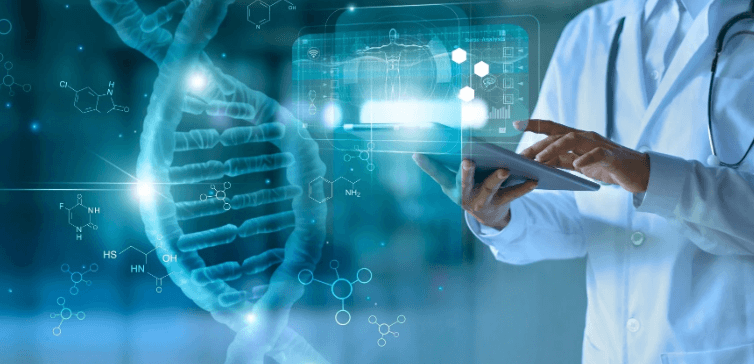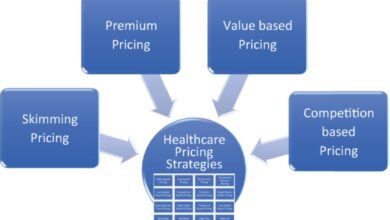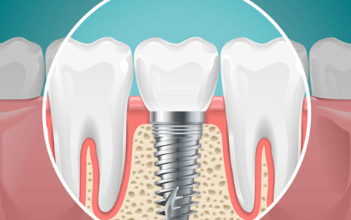Transforming Healthcare: A Decade of Change

Over the past ten years, the healthcare industry has undergone profound transformations, driven by technological advances, shifts in patient expectations, and evolving regulations. These changes have not only reshaped how healthcare is delivered but also how it is managed, experienced, and accessed. As we look back at this period of change, it becomes clear that the healthcare landscape of today is vastly different from that of just a decade ago, and it continues to evolve rapidly.
Technological Advancements and Digital Health
One of the most significant shifts in healthcare over the last ten years has been the rise of digital health technologies. The proliferation of electronic health records (EHRs), telemedicine, and mobile health applications has revolutionized the way healthcare providers manage patient care. In particular, the widespread adoption of EHRs has streamlined information sharing, improving the accuracy of patient records, reducing administrative errors, and enhancing communication between healthcare professionals. This shift towards digital records has not only improved operational efficiencies but has also laid the groundwork for more data-driven healthcare.
Telemedicine, which was once seen as a niche service, has become a mainstream modality of care. Enabled by the expansion of broadband access and advancements in communication technologies, telemedicine has proven particularly valuable during the COVID-19 pandemic. It allowed patients to access care remotely, reducing the need for in-person visits and minimizing exposure to infectious diseases. What was initially a necessity during the pandemic has evolved into a viable, long-term healthcare solution. Today, telemedicine is used for a wide range of services, from routine check-ups to specialist consultations, and has greatly expanded access to care, especially in rural or underserved areas.
Connected health technologies, which integrate devices and applications into a patient’s daily routine, have also made significant strides. Wearables, such as fitness trackers, smartwatches, and medical-grade devices, now provide real-time data on a patient’s vital signs, activity levels, and sleep patterns. This data is increasingly being integrated into clinical decision-making, allowing for more personalized care. Moreover, these technologies empower patients to take greater control of their health, which is a major shift in the patient-provider dynamic.
Patient-Centered Care and Personalization
The last decade has also seen a shift from a traditional, doctor-centric model of healthcare to one that is more patient-centered and focused on personalization. Patients are now more informed and engaged in their healthcare decisions, in part due to the wealth of health information available online. This shift is also driven by the growing use of wearable devices and mobile apps, which allow individuals to track and manage their own health. The move toward personalization has meant that treatment plans are becoming more tailored to the individual’s unique needs, preferences, and genetic makeup. Personalized medicine, driven by genetic research and biotechnology, is now a reality, offering treatments that are more effective and have fewer side effects.
This evolution has also changed how healthcare providers approach preventive care. With patients having access to more health information, there is an increasing emphasis on preventive measures rather than reactive treatments. Data analytics and predictive modeling now allow providers to identify at-risk individuals and offer interventions before serious conditions develop. This proactive approach is improving health outcomes and reducing the long-term costs of care.
Read also Comprehensive Real Estate Solutions for Buyers and Sellers
The Role of Artificial Intelligence and Automation
Artificial intelligence (AI) and automation have also had a transformative impact on healthcare in the past decade. AI is now being used in a variety of ways, from improving diagnostic accuracy to optimizing hospital operations. Machine learning algorithms can analyze medical imaging to identify patterns that may be missed by the human eye, allowing for earlier and more accurate diagnoses. AI is also being used to assist with drug discovery and personalized treatment planning, speeding up the development of new therapies and improving patient outcomes.
In addition, automation is streamlining administrative tasks, such as billing, coding, and patient scheduling, reducing the burden on healthcare providers and allowing them to focus more on patient care. The integration of AI and automation is not only improving efficiency but is also contributing to a reduction in human error, enhancing the overall quality of care.
The Future of Healthcare
As we look ahead, the next decade promises to bring even more changes. Advances in genomics, AI, and biotechnology will continue to drive the development of more targeted therapies, while technologies will further empower patients to monitor and manage their health. The growing emphasis on value-based care and healthcare management will continue to reshape the way care is delivered, focusing more on patient outcomes and cost efficiency.
Healthcare will also continue to become more patient-centric, with an increasing focus on accessibility, personalization, and convenience. The evolution of telemedicine will make healthcare more accessible to populations in remote areas and those who have traditionally had difficulty accessing care. As these trends evolve, it is clear that the healthcare industry will continue to transform, presenting both challenges and opportunities for healthcare providers, patients, and innovators alike.





